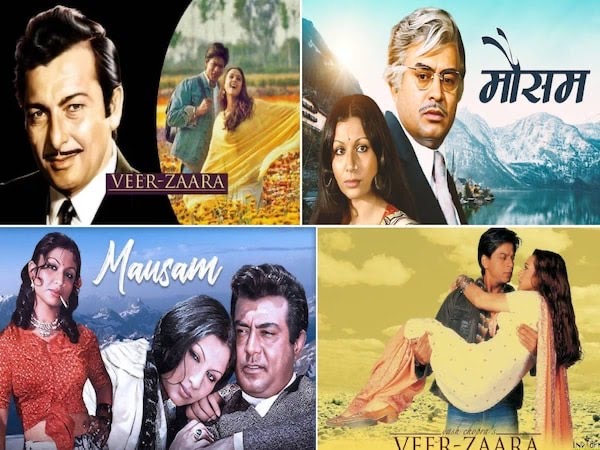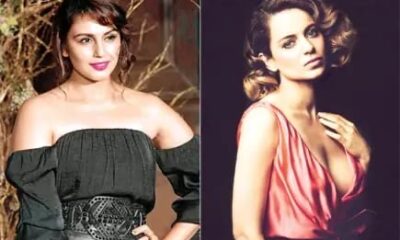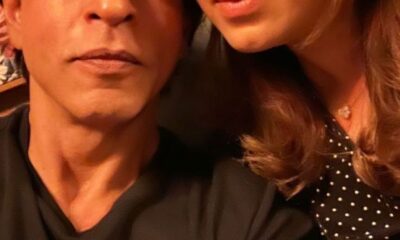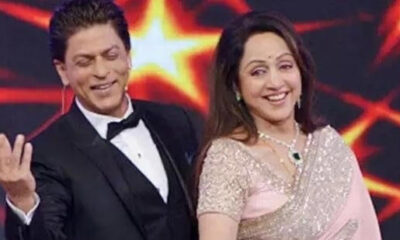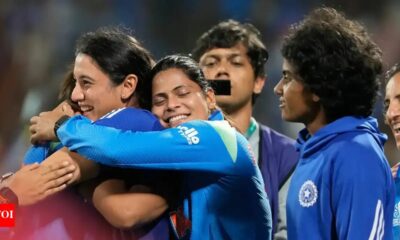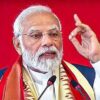Madan Mohan’s melody linked two National Award-winning films
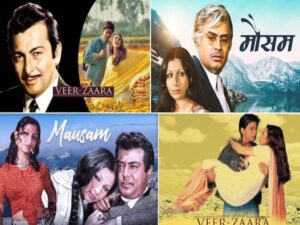
Veteran music director Madan Mohan’s melodies released 30 years apart, unites generations through timeless music coupled with Lata Mangeshkar’s soulful voice
In the expansive soundscape of Hindi cinema, few stories are as hauntingly beautiful as one melody, composed by the same maestro, used in two landmark films released 30 years ago. Both films bagged National Awards, both emerged as box office successes, and both carried the soul of composer Madan Mohan.
The story begins in 1975 with Gulzar’s Mausam, a tender romantic drama featuring Sharmila Tagore and Sanjeev Kumar hit the big screen in early 1976 following receipt of Censor Board clearance, was inspired by AJ Cronin’s novel The Judas Tree and adapted from Kamleshwar’s Aagami Ateet. Produced by P Mallikarjuna Rao, Mausam turned out to be a classic for its simplicity, emotional depth, and its immortal song – “Dil Dhoondta Hai Phir Wahi Fursat Ke Raat Din”.
Penned by Gulzar and sung in two versions – one a soft duet by Bhupinder Singh and Lata Mangeshkar, the other a melancholic solo – the song was composed by Madan Mohan, whose music elevated poetry to emotion. Tragically, Madan Mohan passed away just months prior to the film’s release in July 1975. The film was dedicated to his memory.
Mausam went on to bag four major honours, including the National Award for Second Best Feature Film and the National Award for Best Actress for Sharmila Tagore. Gulzar also bagged the Filmfare Award for Best Director. Though made on a modest budget of Rs 1 crore, it earned Rs 1.25 crore and became a cult favourite over the years.
Nearly three decades later, Madan Mohan’ music breathed again, in Yash Chopra’s 2004 epic Veer-Zaara. When Yash Chopra and Aditya Chopra were conceiving Veer-Zaara, it was Madan Mohan’s son, Sanjeev Kohli, who proposed using his father’s unused compositions. Chopra instantly agreed. The result was a musical masterpiece that introduced Madan Mohan’s melodies to a new generation.
Released on Diwali in 2004, Veer-Zaara starred Shah Rukh Khan, Preity Zinta, and Rani Mukerji, and was produced under the Yash Raj Films banner. Lyricist Javed Akhtar took Madan Mohan’s unused tunes and penned fresh lyrics to fit the film’s narrative.
Interestingly, the melodic framework of “Tere Liye” was drawn from the same raga and composition base as “Dil Dhoondta Hai”, creating an invisible musical bridge between Mausam and Veer-Zaara. Both songs, though lyrically distinct, carried the same emotional signature, a yearning for lost love and timeless devotion.
Veer-Zaara went on to emerge as one of the biggest hits of 2004, grossing Rs 97 crore worldwide against a budget of Rs 23 crore. The music album sold over 30 lakh copies, with critics hailing it as a resurrection of the golden era of melody. The film bagged the National Award for Best Popular Film Providing Wholesome Entertainment, along with over 30 other awards across platforms. At the Zee Cine Awards, Yash Chopra paid tribute to Madan Mohan, remarking, “This is the first time in Indian cinema that a composer’s music has been used in a film three decades after his passing.”
Lata Mangeshkar, who considered Madan Mohan her brother, turned teary-eyed amidst the recording sessions for Veer-Zaara. Her voice, aged yet ethereal, turned the emotional thread that connected two eras of Hindi cinema – the 1970s and the 2000s.
Thus, in the grand symphony of Bollywood, Mausam and Veer-Zaara remain forever intertwined – two films separated by time, yet bound by melody. One song. Two generations. Thirty years apart. But the same eternal magic of Madan Mohan.
News Edit KV Raman


